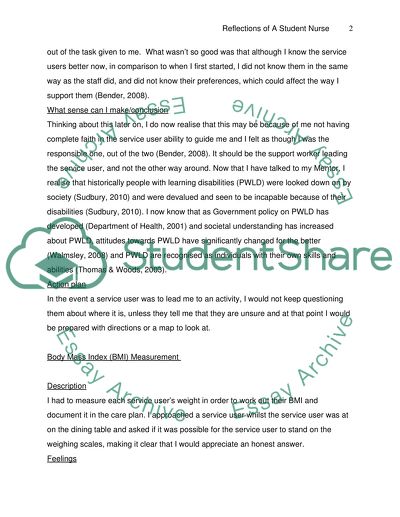Cite this document
(“Reflections of a Student Nurse Essay Example | Topics and Well Written Essays - 1000 words”, n.d.)
Retrieved from https://studentshare.org/nursing/1440209-reflections
Retrieved from https://studentshare.org/nursing/1440209-reflections
(Reflections of a Student Nurse Essay Example | Topics and Well Written Essays - 1000 Words)
https://studentshare.org/nursing/1440209-reflections.
https://studentshare.org/nursing/1440209-reflections.
“Reflections of a Student Nurse Essay Example | Topics and Well Written Essays - 1000 Words”, n.d. https://studentshare.org/nursing/1440209-reflections.


